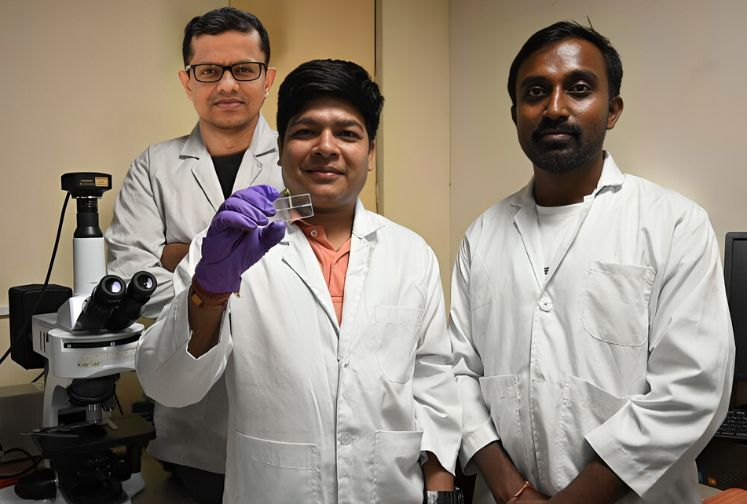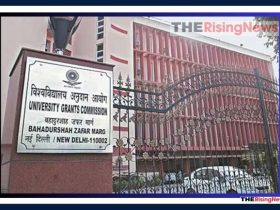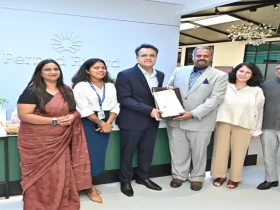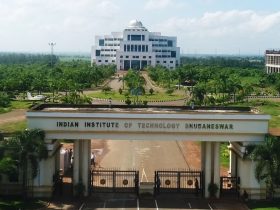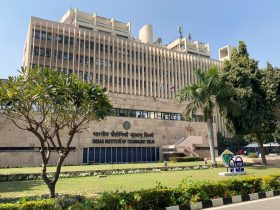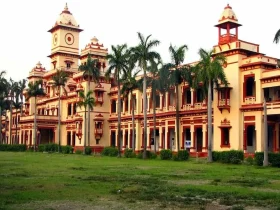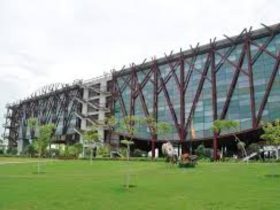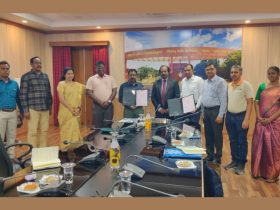GUWAHATI, 4 August 2024 — Researchers at the Indian Institute of Technology (IIT) Guwahati have created an innovative microfluidic system that could revolutionize agriculture by enhancing root nutrient absorption in plants. This breakthrough, announced on July 29, 2024, has significant implications for improving crop yields and advancing sustainable farming practices.
Microfluidics Research in Plant Root Dynamics
Led by Prof. Pranab Kumar Mondal from the Department of Mechanical Engineering and School of Agro and Rural Technology, the team developed a cost-effective microfluidic device that mimics soil conditions. This allowed them to study how plant roots absorb nutrients in a controlled environment.
High-Yielding Mustard Variety Used in Microfluidic Study
The research focused on the high-yielding Pusa Jai Kisan mustard variety, known for its root characteristics that make it ideal for microfluidic studies. By precisely controlling nutrient flow, the team observed how different conditions affected root growth and nitrogen uptake.
Optimized Nutrient Flow Boosts Root Growth
The study revealed that optimizing nutrient flow significantly enhances root growth and nitrogen absorption up to a certain point. Importantly, roots exposed to controlled flow conditions consistently outperformed those in static environments.
Prof. Mondal explained, “Our research provides new insights into the interaction between mechanical stimuli and nutrient uptake in plant roots. This knowledge has practical applications for improving agricultural practices, particularly in hydroponic and soil-less farming systems.”
Recognition and Future Directions in Microfluidics Agriculture
The team’s findings have been published in the prestigious “Lab on a Chip” journal by The Royal Society of Chemistry, with the research set to be featured as cover art in an upcoming issue. This recognition underscores the study’s significance in the field of agricultural science.
Exploring Molecular Mechanisms in Root Development
Looking ahead, the researchers plan to delve deeper into the molecular mechanisms behind flow-induced changes in root development. This could lead to the development of more resilient hydroponic systems and further advancements in sustainable agriculture.
Microfluidics’ Potential Impact on Global Food Security
As the world grapples with challenges in food security and sustainable farming, innovations like IIT Guwahati’s microfluidic system offer promising solutions. By optimizing nutrient delivery and enhancing crop yields, this technology could play a crucial role in meeting the growing global demand for food while promoting more efficient and sustainable agricultural practices.
This groundbreaking research, supported by the Science and Engineering Research Board (SERB/ANRF) of the Government of India, demonstrates IIT Guwahati’s commitment to addressing real-world challenges through innovative scientific approaches. For more update visit official website.
News:
- Civil Affairs University of China Launches Marriage Services and Management Degree
- Anant National University Launches 24/7 Medical Services for On-Campus Healthcare
- University of Leeds Announces £5,000 India Anniversary Masters Scholarship for 2024 to Support Indian Students
- UGC Allows Universities to Conduct Own Entrance Exams to Fill Vacant Seats Post-CUET

